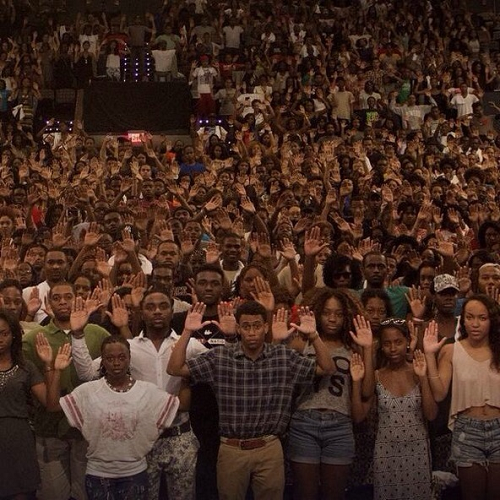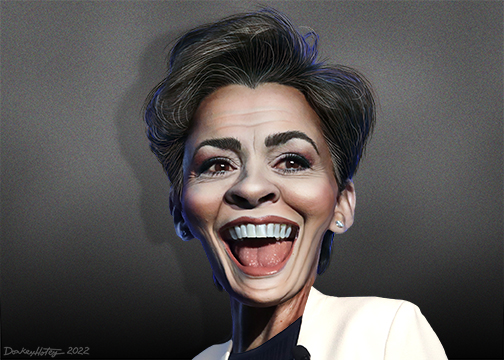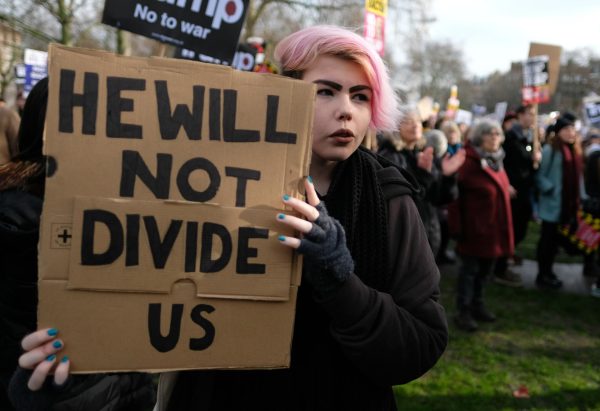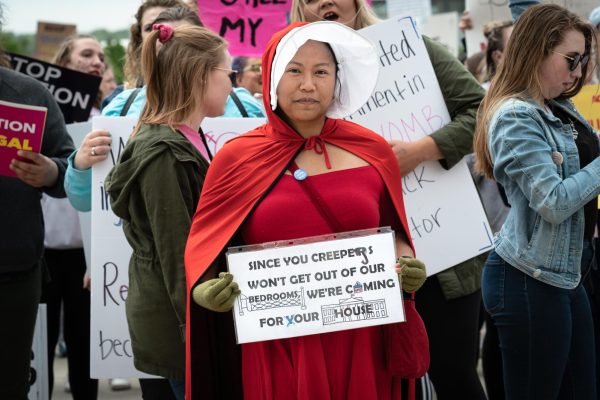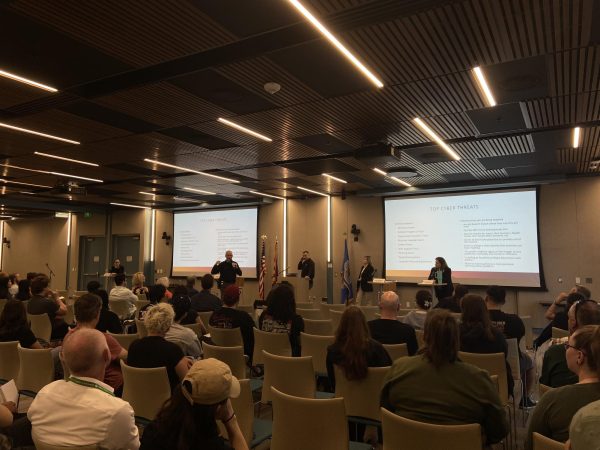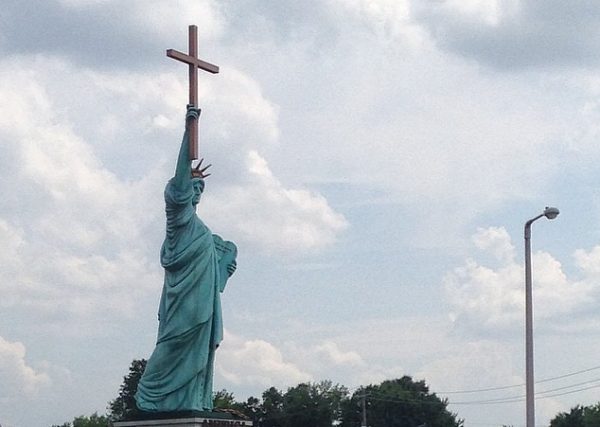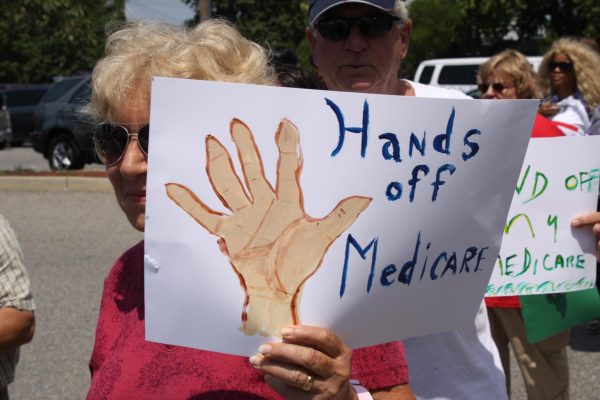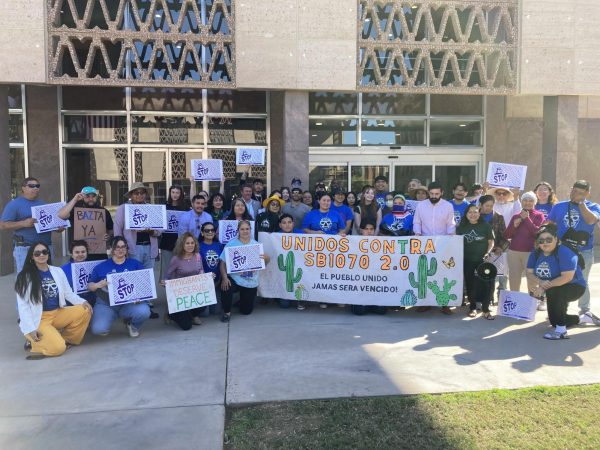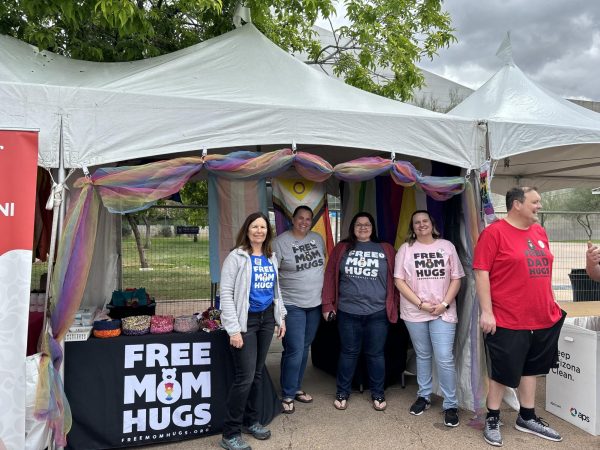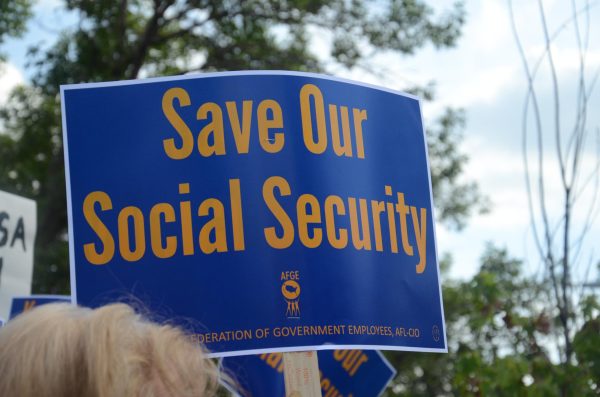Tensions swell between police forces and black communities
June 11, 2015
“Black lives matter.”
This motto epitomizes a movement that began when George Zimmerman was acquitted by a Florida court in the July 2013 death of 17-year-old Trayvon Martin. Zimmerman was a volunteer neighborhood watch coordinator.
Since that time, the movement grew within the African-American community as a rallying cry, and with every racially charged protest that takes place, it gets new life. Over the past several months, racial tensions in the United States have reached a boiling point with the aggressive actions or deaths of several other African-Americans at the hands of police officers.
The most recent incident that caused uproar is that of McKinney, Texas police officer Eric Casebolt. On June 7, a video surfaced that showed Officer Casebolt, one of 12 officers called to the scene of a raucous pool party, tackling a black teenage girl and pointing a gun at children on the scene. The McKinney Police Department put the corporal on leave due to his actions, and he submitted his resignation on June 9.
On April 19, Baltimore police arrested Freddie Gray when, according to the Atlantic, he made eye contact with an officer and then ran. After his arrest for possessing an illegal switchblade, police dragged Gray into a police van. When the van arrived at the station, he was alive, and reportedly indicated that he was unable to talk and breathe. While still in the van, Gray slipped into a coma and was taken to a trauma center.
After a week, Gray died.
Gray’s death caused outrage in Baltimore, and hundreds – if not thousands – protested on the streets of Maryland’s largest city.
But Gray is only one in a growing number of cases. On April 4, a South Carolina police officer stopped Walter Scott, another African-American, for a broken taillight. The officer said that Scott tried to take his Taser, so the officer reportedly fatally shot him eight times as Scott fled from the scene of the struggle. After the incident, a bystander video surfaced that showed Scott running away from the officer as the officer shot him multiple times from behind.
In August 2014, a Ferguson, Missouri police officer fatally shot Michael Brown, an unarmed African-American teenager. Officer Darren Wilson stopped Brown for walking in the middle of the street after he was identified by the officer as one of two suspects for a minor theft at a local market, according to police and the findings of a federal investigation by the U.S. Dept. of Justice. The theft was also caught on the market’s camera. According to some witnesses, Brown raised his hands briefly then charged toward the officer. Officer Wilson shot him several times. Witnesses who originally stated that Brown stood with his hands raised, recanted their stories to the federal investigators. Some of those who said his hands raised briefly before charging the officer stood by their stories. According to usatoday.com, a grand jury decided not to indict Wilson. The case remains controversial as Brown’s family has filed a lawsuit against the officer.
In yet another case, a 12-year-old boy named Tamir Rice was killed by a Cleveland police officer. According to an article in the New York Times, a witness called 911 to report that a person in a park pointed a gun at people but they thought it might be a toy gun. Later it was discovered that the gun was a pellet gun. When police arrived, they confronted the boy and he reportedly reached for said gun. It was then that Officer Timothy Loehmann shot him. Local police provided a video to media and the public. Loehmann has since been charged with murder.
Three different cities, three different people, three different times. But all three instances resulted in the deaths of African-Americans after contact with police.
This has caused outrage in the African-American community, but these three instances seem to be merely indicative of a more widespread issue. For example, many African-Americans believe that police are targeting them because of their skin color – and they believe years of data collection backs them up.
According to the Pew Research Center, African-American men are “more than six times as likely as white men to be incarcerated in federal and state prisons, and local jails in 2010.” It is important to note that according to the census, Caucasians make up more than 77 percent of the U.S. population, yet a comparatively smaller percentage of the incarcerated population.
In addition, according to the ACLU, the color of a person’s skin plays a vital role on whether or not that person will receive the death penalty. The ACLU explains, “People of color have accounted for a disproportionate 43% of total executions since 1976 and 55% of those currently awaiting execution.”
Incarceration and unjust punishment are just two of the factors viewed by many African-Americans as the catalyst to racial tension. Changes in equipment, tactics and even uniforms can now be viewed as potential acts of hostility and cause for alarm.
During the Baltimore protests, police were dressed in riot gear and drove around the streets in Humvees and other military-grade vehicles. These kinds of tactics are what some in the African-American communities say are fueling the race issue.
“This is not a new thing,” SCC sociology instructor Gary Lemons said. “This has been building for decades and years and years. It has especially gotten worse in the last 20 years, because the police have tactics that are very militaristic.”
Baltimore is not the only place where such police tactics were employed. When the Ferguson riots started, just like in Baltimore, the streets were inundated with militarily clad police and military personnel because Missouri Gov. Jay Nixon called for the National Guard to patrol the streets alongside the police.
The current tensions about race are not new. They have brewed for many years now. Racial tension is a deep-seeded issue within the African-American community. But historically speaking, there has been some progress through what many may categorize as a standstill in racial relations.
“It’s kind of like one step forward and one step back in some ways,” Lemons said. “I think, overall, things are better. Laws have been more enforced. African-Americans have had the right to vote and the right for due process,” Lemons said.
Progress has been made. Things are not what they use to be, but race is still an issue and one that in recent months appears to be dividing this nation. And with the number of young people – black, white, Hispanic –arrested while participating in protests and riots, it is definitely a relevant and sensitive topic among college students. To many, the more it is pushed to the side, the more likely it is that Baltimore and Ferguson do not stay as isolated incidents. To others, it is simply that media has made people more aware of the issue.



